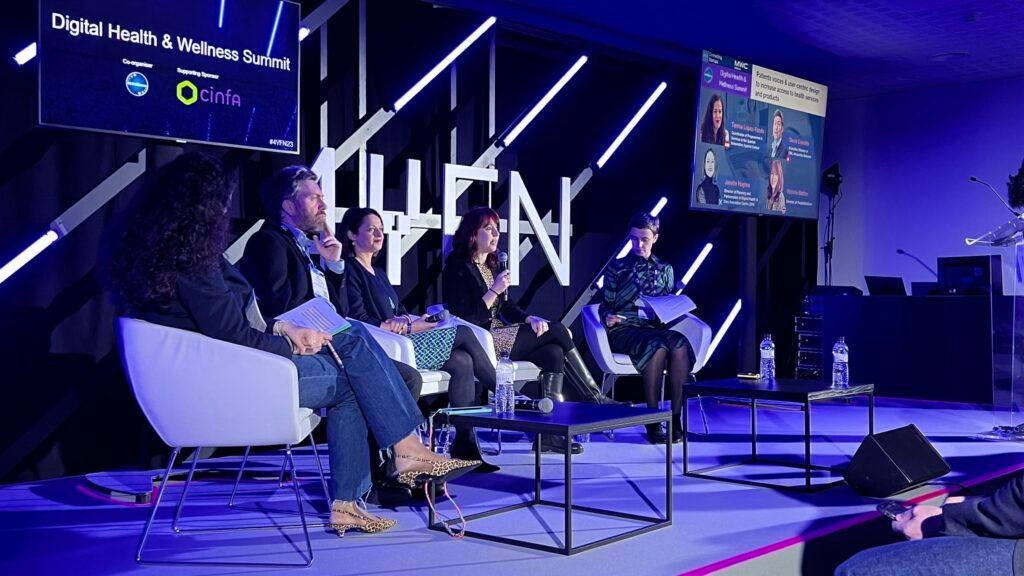We live in a world where technology can bring a doctor to your fingertips, from remote diagnostics to AI-powered health advice, the possibilities seem endless. But while some of us
benefit from these innovations every day, billions of others still live without access to basic healthcare—let alone digital tools that could save or improve their lives.
This is the Digital Health divide and bridging it isn’t just a matter of building apps or installing networks—it’s about recognizing the people and communities being left behind.
In remote villages, busy urban slums, refugee camps, and underfunded rural clinics, people are still waiting to be seen, to be heard, to be cared for. The question is: can we make
healthcare services reach them?
Bridging this divide means making Digital Healthcare affordable, accessible, and designed for real-life conditions. It means listening before designing, sharing knowledge freely, and building
systems that work offline, in local languages, and without complicated instructions. It also means recognizing that health is not a privilege—it’s a basic human right.
This is the spirit behind the new global movement, ‘Digital Health Sans Borders’, launched by Health Parliament and the Academy of Digital Health Sciences in partnership with Geneva Digital Health Hub (gdhub). Introduced in Geneva alongside the 2025 World Health Assembly,the movement is working toward one bold goal: equitable Digital Healthcare access for all by 2030.
Bridging the Digital Health divide will happen when we each take small, persistent steps, whether through innovation, advocacy, or compassion—to bring health closer to those who’ve been too far for too long.
Digital health has the power to save lives. Let’s make sure it reaches every life.
